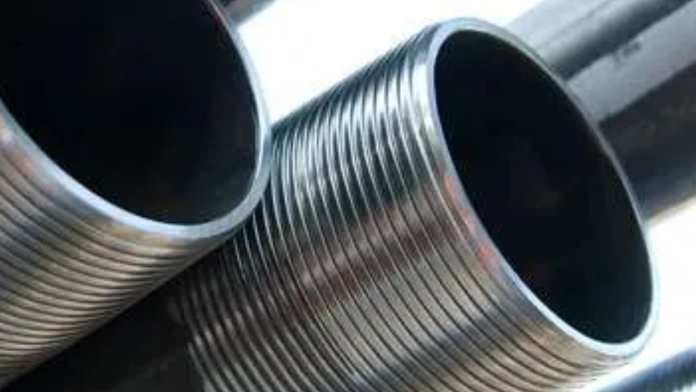Black pipe fittings are crucial components in plumbing and gas systems due to their robustness and adaptability. These fittings are often composed of black iron or steel and have a protective layer of black oxide coating, giving them their particular dark appearance. The coating protects black pipe fittings from corrosion, making them appropriate for a variety of applications.
Elbows, tees, couplings, unions, caps, and flanges are among the most common black pipe fittings. Threaded connections are common, allowing for simple assembly and removal. These black pipe fittings are used in both water and gas distribution systems, proving their versatility. However, they are prone to corrosion with time, particularly in outdoor or corrosive situations.
Specific Considerations for Installing Black Pipe Fittings
The installation of black pipe fittings is an important part of building strong and dependable gas or water delivery systems. Proper installation not only maintains the piping system’s efficiency but also contributes to its durability and safety. This article digs into the specific issues and best practices for installing black pipe fittings, covering everything from material selection to alignment and industry standards.
Material Selection
The correct material is the foundation of a successful black pipe fitting installation. Black pipe fittings are commonly composed of black iron or steel, which is noted for its strength and durability. Consider your application’s specific needs to ensure that the material used is compatible with the transmitted fluids and meets regulatory criteria.
Adherence to Industry Standards
The installation of black pipe fittings must adhere to industry standards without exception. Organizations like the American National Standards Institute (ANSI) and the International Organization for Standardization (ISO) develop standards that serve as recommendations for material specifications, dimensions, and installation processes. Adherence to these standards ensures that the installation meets the necessary safety and performance criteria.
Proper Handling and Storage
For best results, black pipe fittings must be handled and stored properly. To prevent corrosion, keep fittings stored in dry, well-ventilated environments. To avoid causing thread or surface damage, handle it with care. A rigorous approach to handling and storage ensures that fittings remain free of flaws, contributing to the overall longevity and reliability of the pipe system.
Inspection and Quality Assurance
Black pipe fittings are thoroughly inspected before installation to verify their integrity. Examine the threads, surfaces, and protective coatings for flaws or damage. Quality assurance measures are critical at this stage to avoid the installation of faulty fittings and ensure the overall system’s reliability. Following industry standards and manufacturer recommendations during inspection ensures that only high-quality fittings are incorporated into the piping system.
Thread Preparation
Proper thread preparation is essential for producing leak-free connections. Make sure the threads on the pipes and fittings are clean and free of debris. Applying an appropriate pipe thread sealer or tape is recommended to improve the seal and prevent leaks. Refer to the manufacturer’s guidelines regarding the type of sealant to use.
Tightening and Torque Specifications
The necessary torque must be applied during the tightening operation to ensure threaded connections remain intact. Over tightening can cause damage while under-tightening might result in leaks. For recommended torque levels, consult the manufacturer’s specifications or industry standards, and use a calibrated torque wrench to ensure precision.
Proper Support and Alignment
Ensure that black pipe fittings are properly supported and aligned during installation. Proper support reduces the stress on fittings and pipes, lowering the danger of leaks and structural failure. Alignment is critical for keeping threaded connections intact and fluids flowing smoothly through the system.
Protection against Corrosion
Black pipe fittings are noted for their robustness, although they are prone to corrosion with time. Implement preventative steps to increase their longevity, such as adding corrosion-resistant coatings or using galvanized fittings in harsh situations. Insulating fittings from direct contact with dissimilar metals can also reduce the likelihood of corrosion.
Leak Testing
After installation, conduct a complete leak test to ensure the connections’ integrity. This could include a hydrostatic test with water or another appropriate test fluid. The system should bear the prescribed test pressure without showing any evidence of leakage. To avoid any safety issues, rapidly address any found leaks.
Final Words
The installation of black pipe fittings necessitates precise attention to detail and following best practices. From material selection and thread preparation to correct support and adherence to industry standards. Installers may confidently design durable black pipe fitting installations that fulfill the highest performance and safety criteria in a variety of applications by taking these specific aspects into account.

